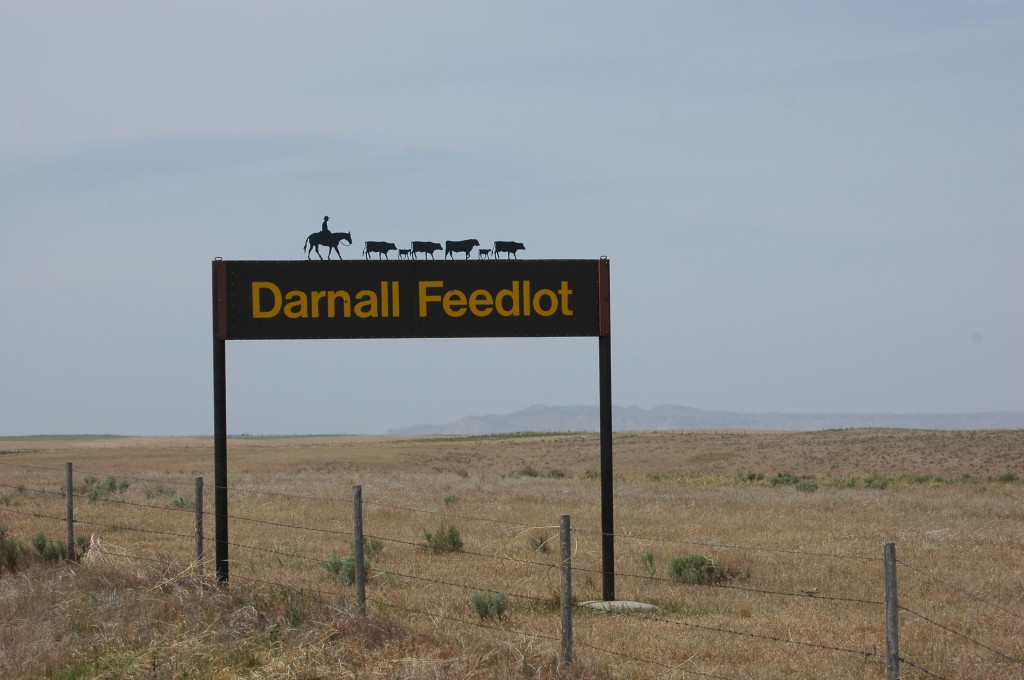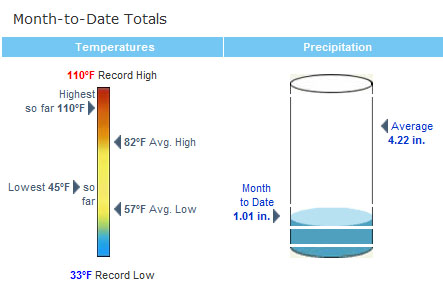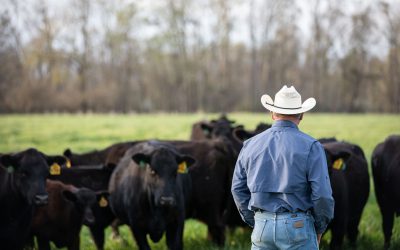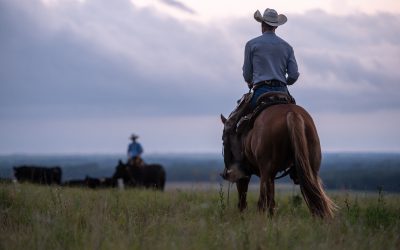
Hot, dry, early
It’s been hot. I saw 109° yesterday. It’s been dry. I can hardly keep up with watering my garden, so I can only imagine what the irrigated farmers feel like around here.
We’ve only had 1.47 inches of rain since May 1. (We’d normally have around 8 in. during that timeframe). Here’s the “percent of normal” graph from the National Weather Service for the month of May:
And the worst of it is that there are probably people reading this and saying, “That’s more than what we’ve gotten!”
When I went out on a story trip a month ago, I thought it looked like August then.

So, what’s a cow-calf producer to do? I’ve heard several folks on ag radio talking about early weaning. Just this morning Aaron Berger from the University of Nebraksa-Lincoln told listeners to “get creative” when it comes to meeting cows nutritional requirements and I just saw this article, “Early calf weaning may prove beneficial this year,” on Drover’s CattleNetwork last week.
It’s a popular, proven strategy to mitigate the effects of drought, but did you know early weaning could also improve carcass quality? Not exactly a rain cloud, but it is a silver lining!
In 2009, I interviewed a bunch of experts for my three-part series on early weaning. One of them started out, “It’s too good to be true. That’s what many producers think when they’re told they can sell heavier, higher-quality calves while reducing cow costs with one simple management strategy.”
To read the what, how and whys of early weaning check out those articles that include information from the likes of Nebraska’s Ivan Rush, K.C. Olson of K-State and Steve Loerch in Ohio.
- Think Early <–This tells all the potential advantages.
- When sooner is better <–This talks about the systems it might work best for.
- Early weaning pays <–Walks you through the economics (of course, this is based on ’09 numbers, so keep that in mind)
In 2010, we did a series of articles with tips and tricks of the trade, from those who have successfully implemented early weaning. Read those stories to hear about things like revamping bunks and adjusting diets for smaller rumens.
- Wean early without working overtime <–Marketing and facilities ideas for early weaning
- Food for Thought <–Nutritional considerations
- Calf health at half the age <–Pretty self-explanatory, but it talks about health plans for these younger animals
Being forced to switch up management is not fun or easy, and it probably doesn’t help to know that you’re not the only one in this hard place. But hopefully those articles give you a few things to think about.
In the meantime, I’ll be praying for rain….
May your bottom line be filled with black ink,
Miranda
PS—If you need some resources to help as you “sharpen your pencil,” Berger mentioned UNL’s drought site and as I clicked around it looked like there were some pretty helpful articles and tech bulletins. You might want to check it out.
You may also like
New calf marketing routes
For the 70% or more of beef calves born last spring, more than the usual share veered from traditional roads to the feedyard come fall. Backgrounding those calves opened gates to several new revenue paths, though not without risk.
Progress from small steps
Every day is a chance to learn and get better. Thousands of others like my new friends in Alabama are taking steps to meet the shifts in consumer demand, and to know more. Small steps in the right direction can start now. Even if it’s just recording a snapshot of where you are today, a benchmark for tomorrow.
Not perfect, but working to get better
The CAB Cattleman Connection team heard its name called more than once in the virtual ceremonies, and each time came a sense of personal accomplishment, but even better: confirmation that we’re getting better at our craft. I hope that means we’re doing a better job for you.





